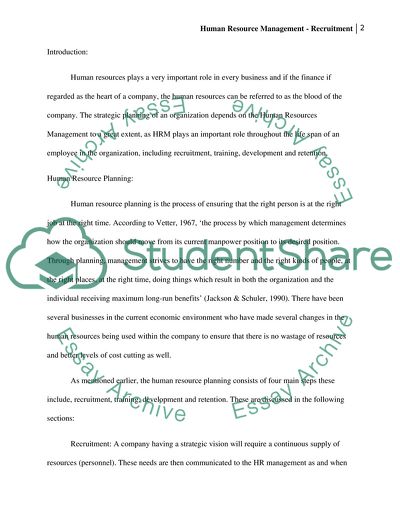Cite this document
(The Strategic Planning of an Organization and Human Resources Manageme Essay - 15, n.d.)
The Strategic Planning of an Organization and Human Resources Manageme Essay - 15. Retrieved from https://studentshare.org/human-resources/1733282-human-resource-management
The Strategic Planning of an Organization and Human Resources Manageme Essay - 15. Retrieved from https://studentshare.org/human-resources/1733282-human-resource-management
(The Strategic Planning of an Organization and Human Resources Manageme Essay - 15)
The Strategic Planning of an Organization and Human Resources Manageme Essay - 15. https://studentshare.org/human-resources/1733282-human-resource-management.
The Strategic Planning of an Organization and Human Resources Manageme Essay - 15. https://studentshare.org/human-resources/1733282-human-resource-management.
“The Strategic Planning of an Organization and Human Resources Manageme Essay - 15”. https://studentshare.org/human-resources/1733282-human-resource-management.


